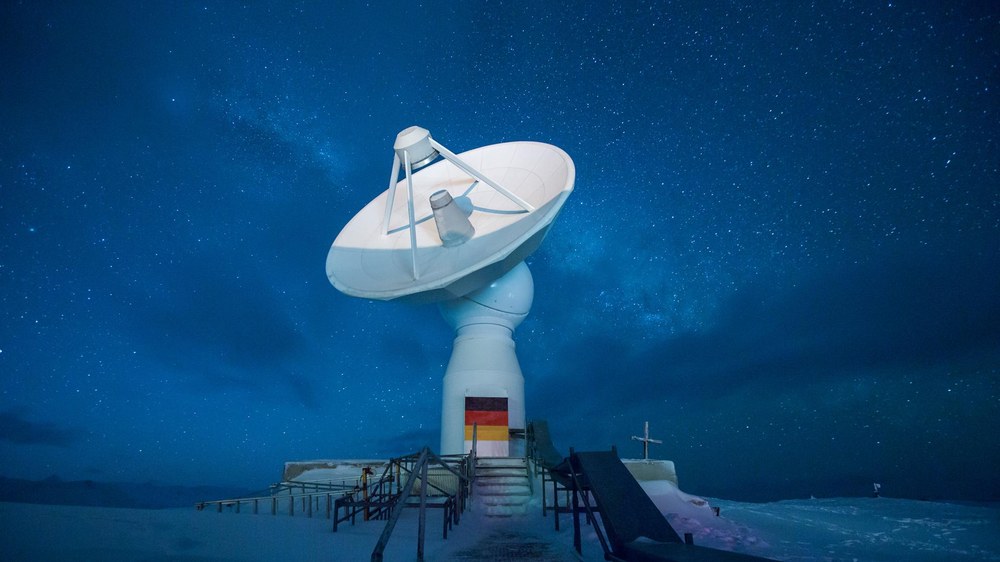O'Higgins Antarctic station



Outside the O’Higgins German Antarctic Receiving Station (GARS O’Higgins), penguins are nesting and using the big satellite antenna and its pedestal as a windbreak. Inside, German Aerospace Center (Deutsches Zentrum für Luft- und Raumfahrt; DLR) employees monitor the reception of satellite data.
Pulling shifts in Antarctica – working on the White Continent
The Station has been resisting the icy storms of the White Continent ever since it was founded in 1991. Since its inception in 2010, German Remote Sensing Data Center (DFD) has operated all year round, with a team of four employees.
The Station was originally set up 20 years ago to address the lack of storage space available for satellite data. The European ERS-1 Earth observation satellite did not have enough capacity to store the recorded radar data on board, so GARS O'Higgins was set up on the rocky Schmidt Peninsula at Antarctica's northern tip.
Since then, the DLR station is primarily responsible for receiving satellite data (at present, TerraSAR-X, TanDEM-X, TET-1, Cassiope, Terra/Aqua MODIS), and is being used for the command of satellites. In addition, it also measures tectonic shifts in the Antarctic Peninsula. DLR's cooperation partner, the Federal Agency for Cartography and Geodesy (BKG), is responsible for the surveying.
